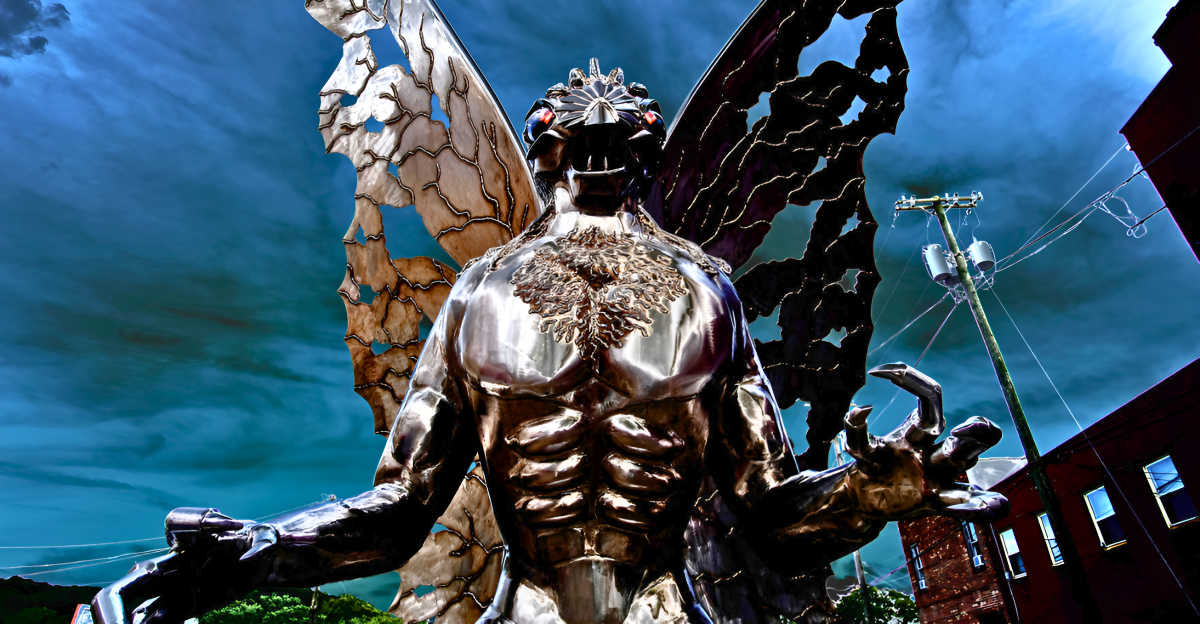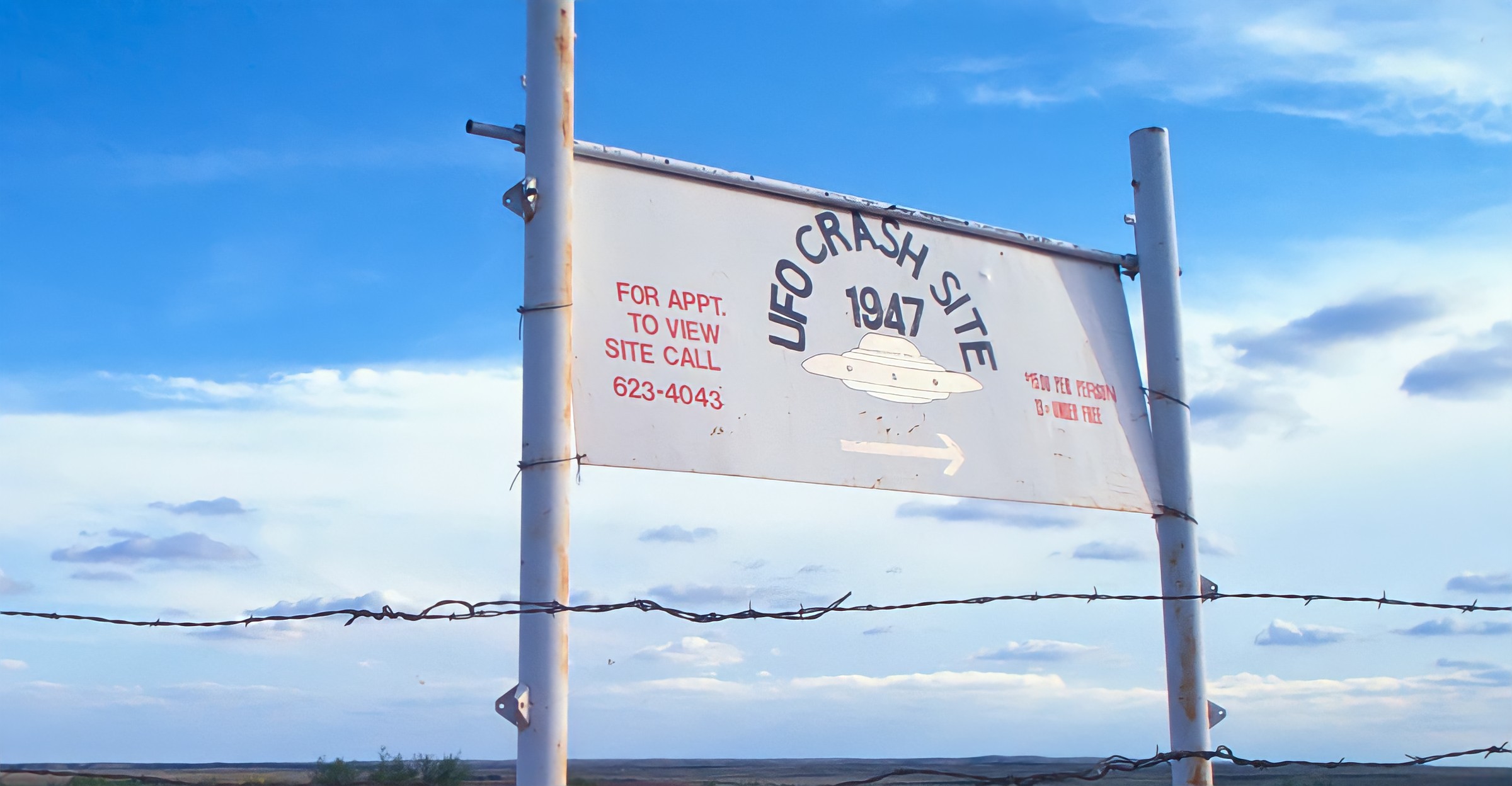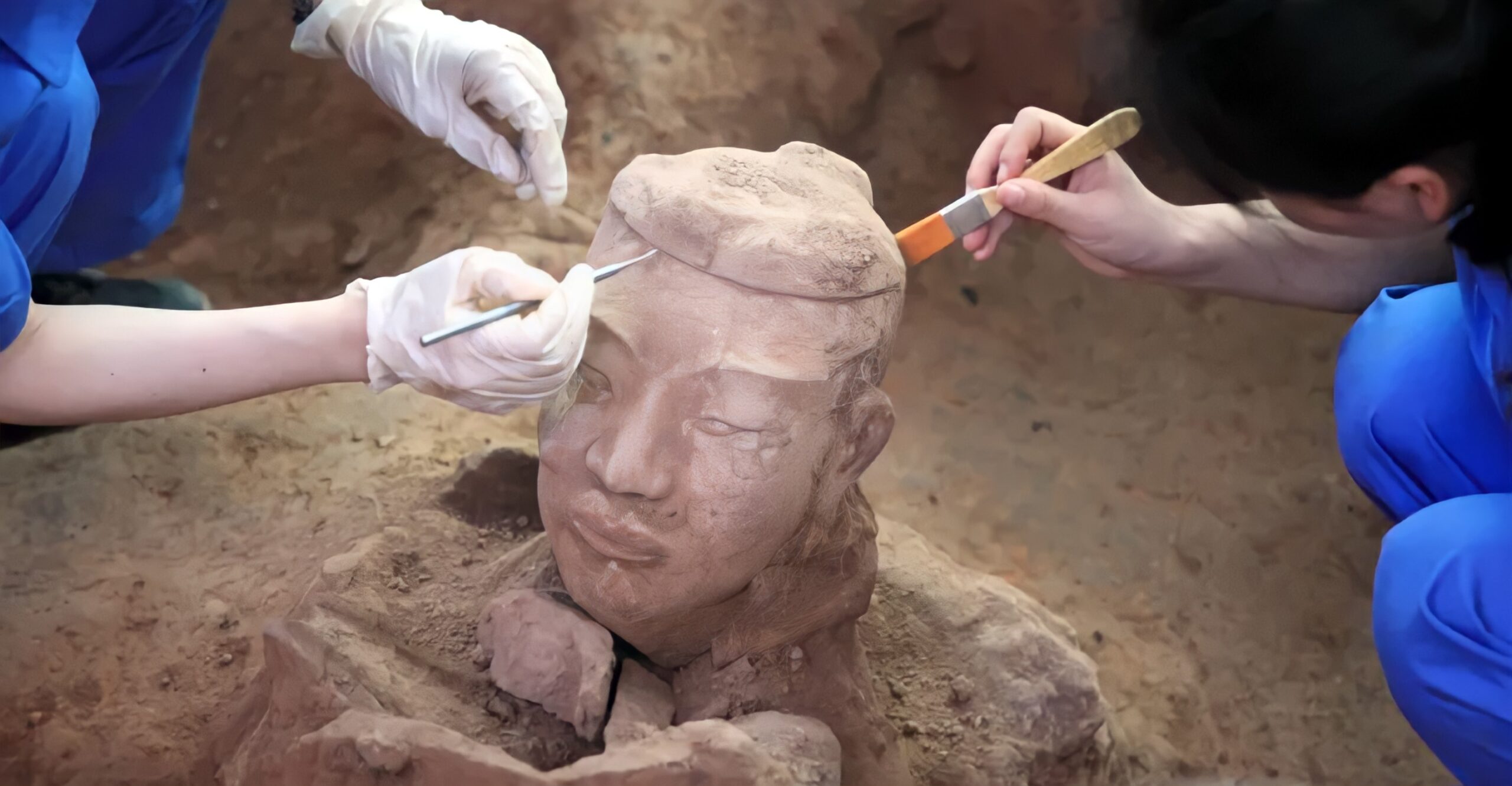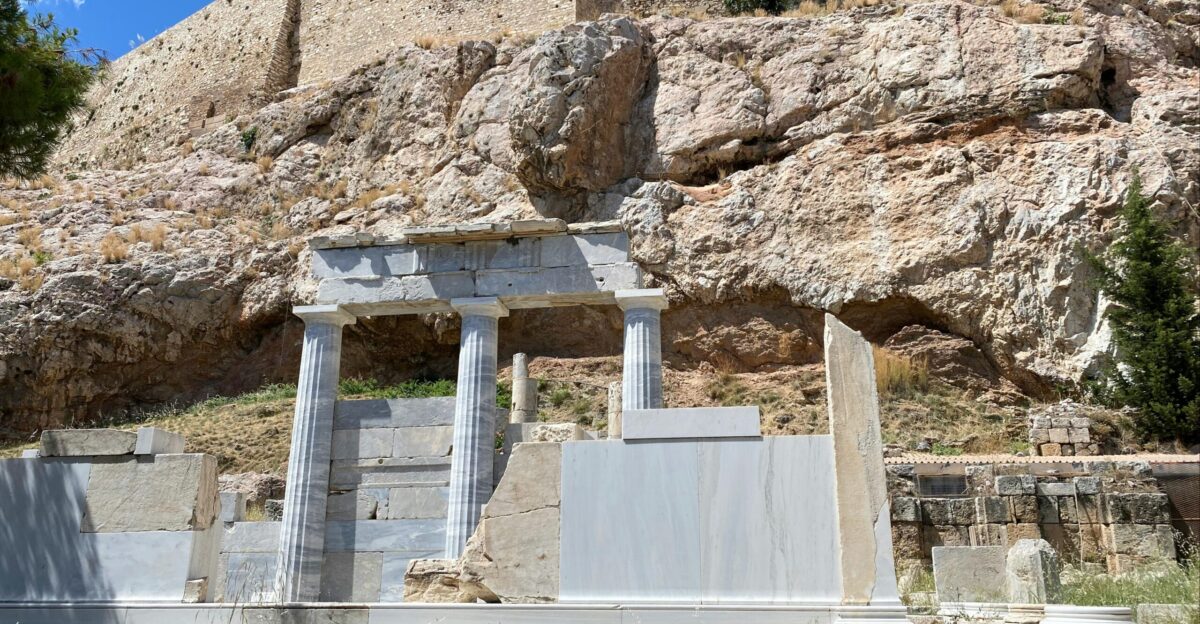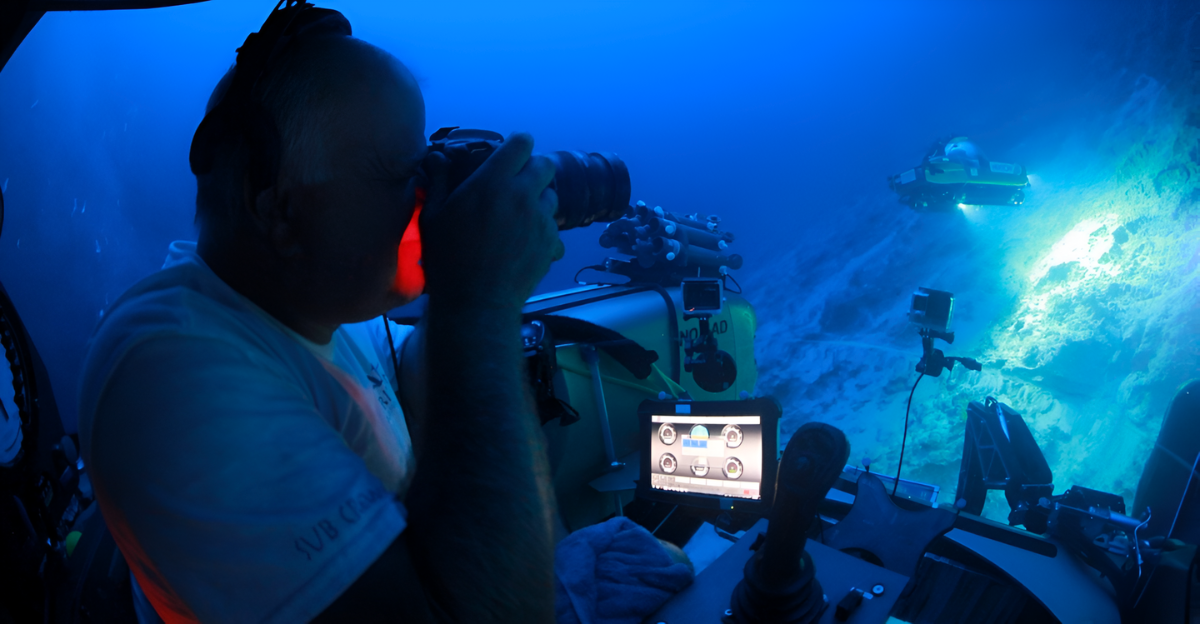
For centuries, Egypt has been central to ancient wonders. The giant pyramids and prominent temples hold clues to early, advanced human life.
However, recent discoveries in South America reveal something different about the chronology of life on Earth. A newly uncovered city in Peru is challenging scientists to reconsider relations and timelines between ancient civilizations.
A Stunning Find in Peru
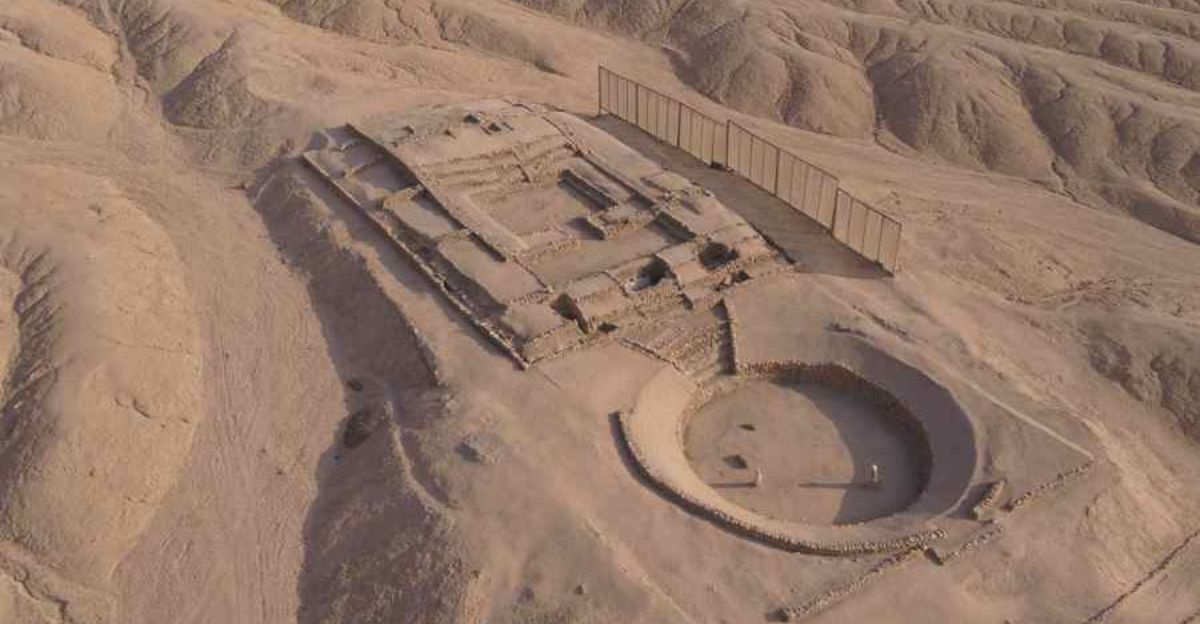
A surprising Peruvian discovery has perplexed archaeologists and historians. Not far from Lima, in the north-facing province of Huaura, an enormous settlement has recently been unearthed packed with evidence of organized city life from around 3,500-3,800 years ago. Its size is indicative of the role it played in early South American civilization.
Peñico: Ancient City Timeline
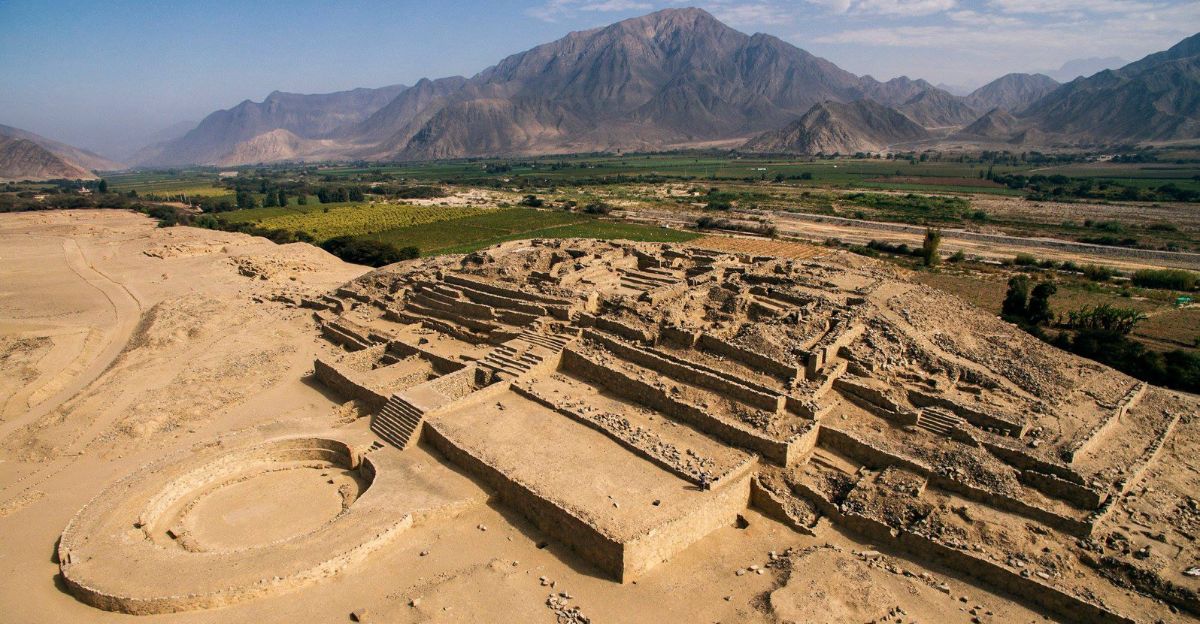
The city of Peñico dates back to around 1,800–1,500 BC, which is around 3,500-3,800 years ago. Although the pyramids at Giza are older, most Egyptian towns and temples were constructed much later.
Peñico brings a new perspective on how the ancient American civilization developed in its own manner, perhaps even in the same era as some of Egypt’s greatest wonders.
City in the Mountains
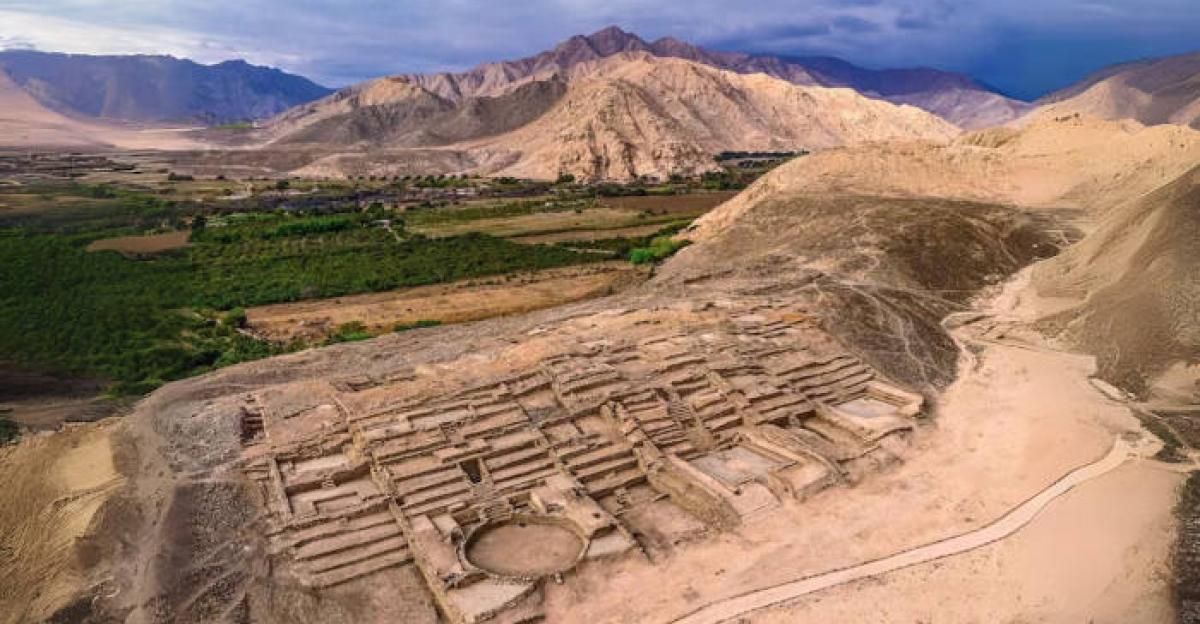
Peñico was constructed 600 meters above sea level in the Andes mountain range in the Huaura province. The site is adjacent to the larger, well-known Caral civilization site nearby.
Archaeologists uncovered at least 18 major buildings, ceremonial squares, and signs of an advanced society.
Even without giant pyramids, the city layout shows careful planning and evidence of social and religious activities among its residents.
A Center of Life
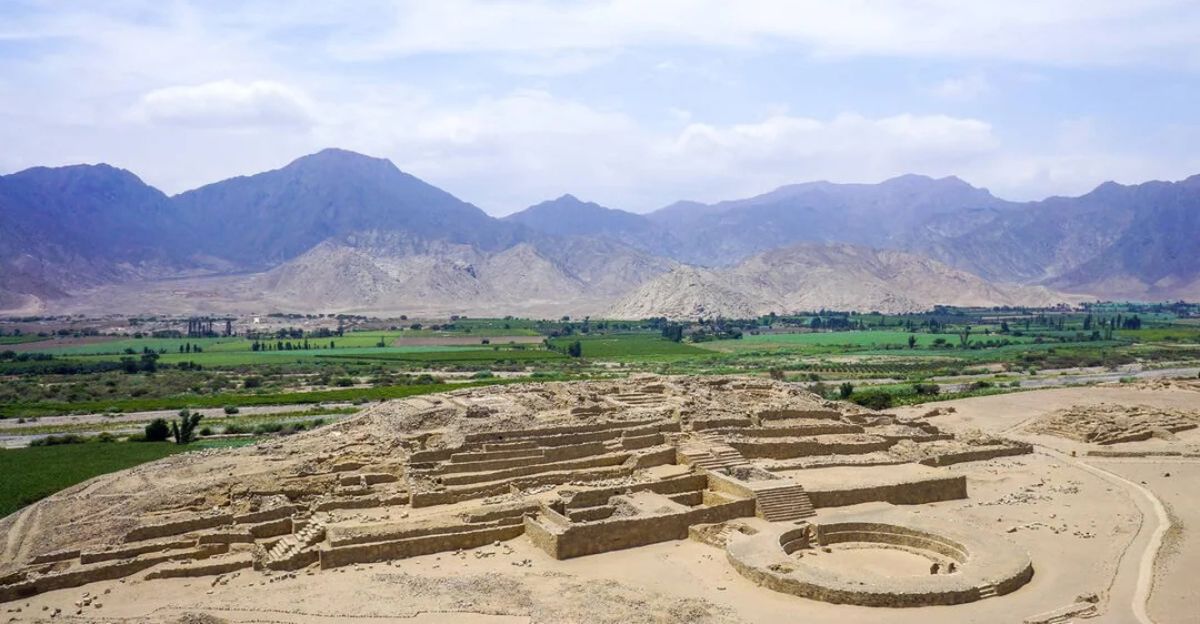
Its size and design indicate that it was a center for the region. There is evidence of trade, specialized architecture, and that people traveled there to gather and hold ceremonies.
It was a center for the inhabitants of the region during this period, especially after the destruction of the previous Caral civilization.
Advanced for Its Time
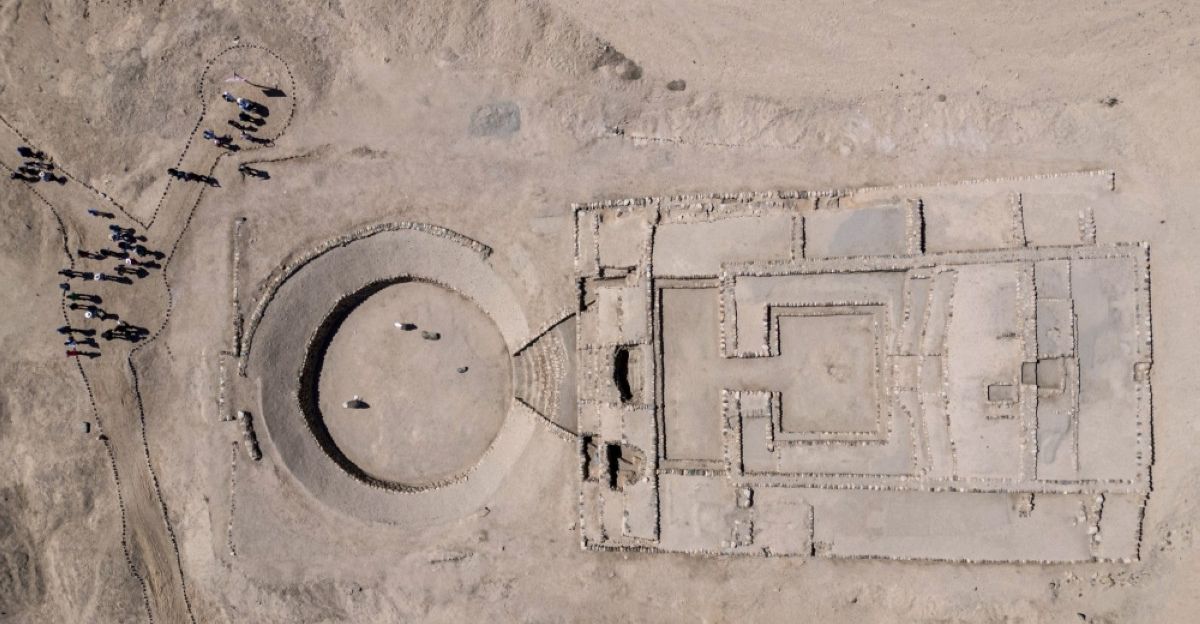
Peñico’s citizens surprisingly led complex lives. They built major communal spaces, maintained tidy streets and pathways, and carried out coordinated construction projects.
These signs point to the existence of leadership hierarchies and strict cooperation: major advances for human civilization in that era.
Major ceremonial objects, like conch-shell trumpets called “pututus,” are evidence of advanced religious ceremonies.
Trade and Influence
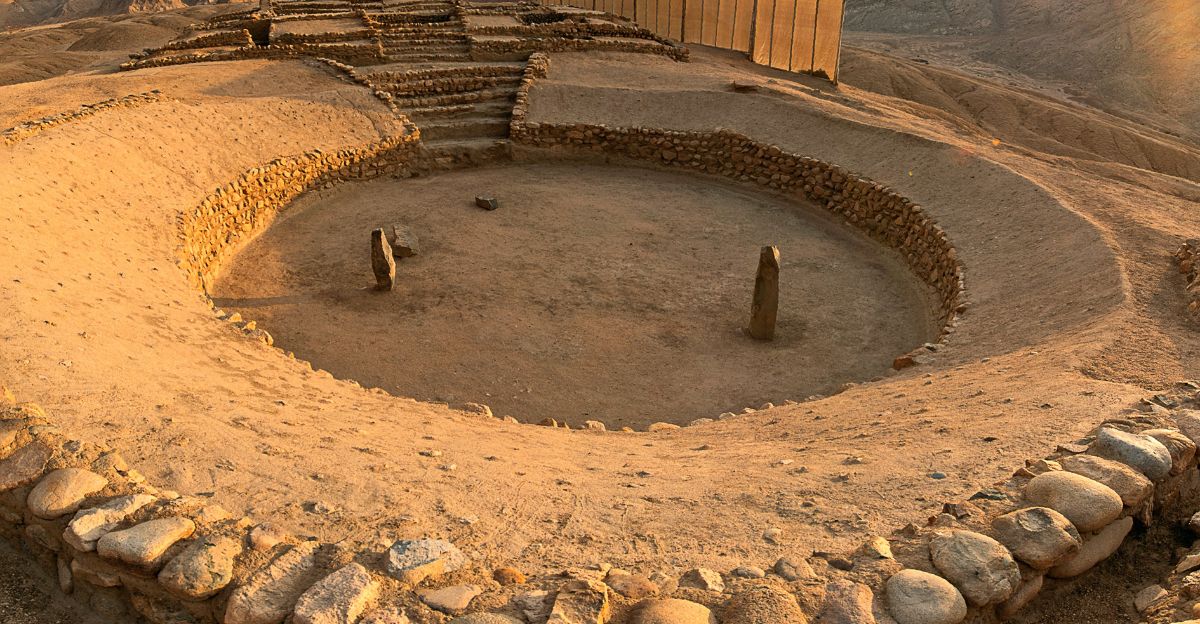
Data from artifacts at the site indicate that Peñico didn’t stand alone. Objects from faraway locations indicate trade relations, which means that the inhabitants of Peru had contact with other cultures.
This network enabled the exchange of ideas, tools, and goods long before modern infrastructure existed. The city served as an important hub of trade and exchange among different regions.
How Does It Compare?
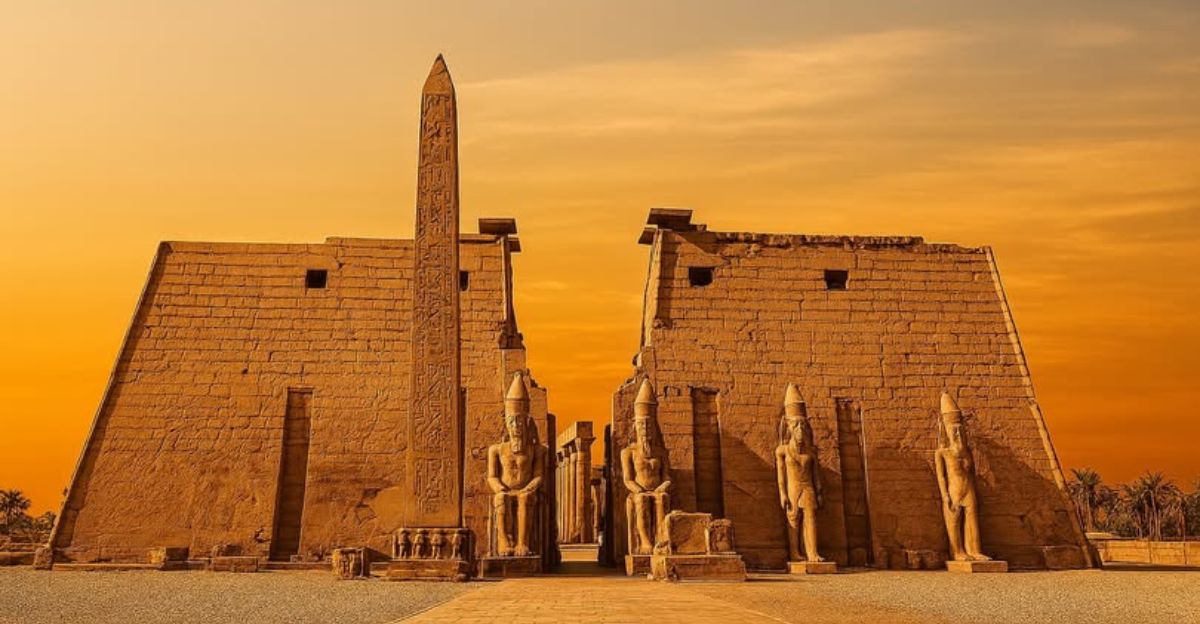
While Egypt’s most ancient structures such as the pyramids and Sphinx are older, Peñico is of the same era as most of Egypt’s Middle and New Kingdom cities and temples.
For instance, the Luxor Temple was constructed approximately 1,400 BC, a few centuries after Peñico started. Peñico is one of the world’s earliest urban experiments in many ways.
Clearing Up the Hype
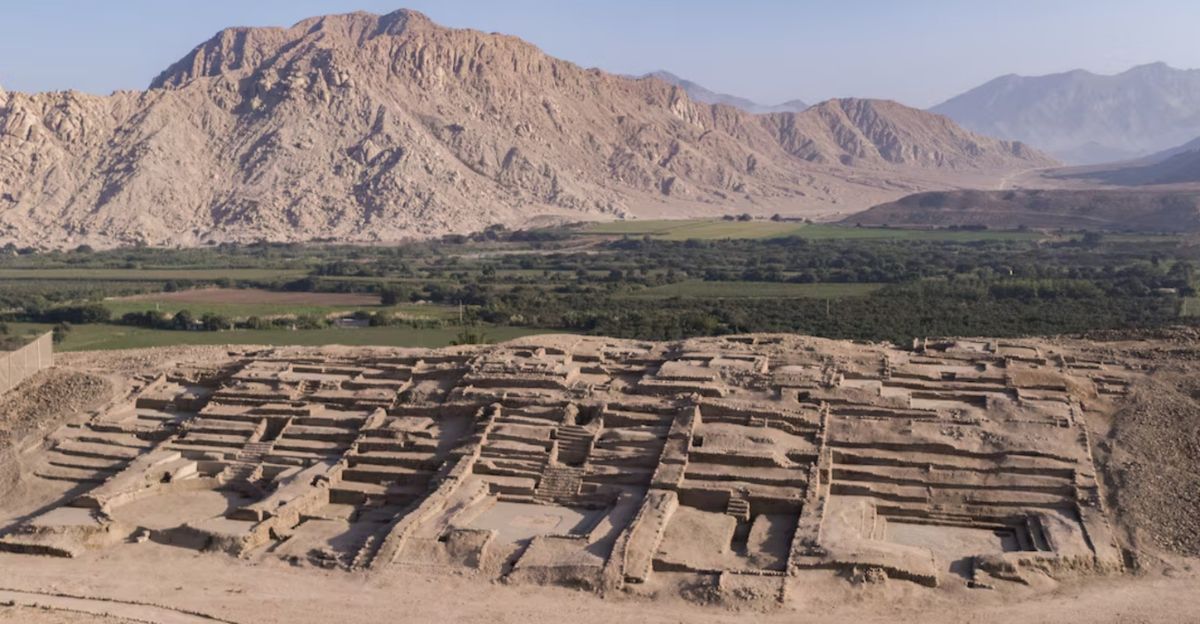
You’ll often see headlines announcing Peñico as a “mega city” older than Egyptian wonders. But the reality is different.
Although Peñico was big and significant for its area, it wasn’t even on the same scale as Egypt’s Memphis or Thebes.
However, its age still makes it an important find in South American archaeology, especially considering that it represents continuity in the region after Caral collapsed.
A Different Kind of Monument

Rather than great stone pyramids or statues, Peñico’s monument takes the form of its public plazas and neighborhood buildings. The sites were presumably used as festival grounds, for religious ceremonies, and as bazaars.
The city reminds us of a different approach to how humans created purposeful spaces long before our time, where ceremonial areas were created for public gatherings.
A Window into the Past
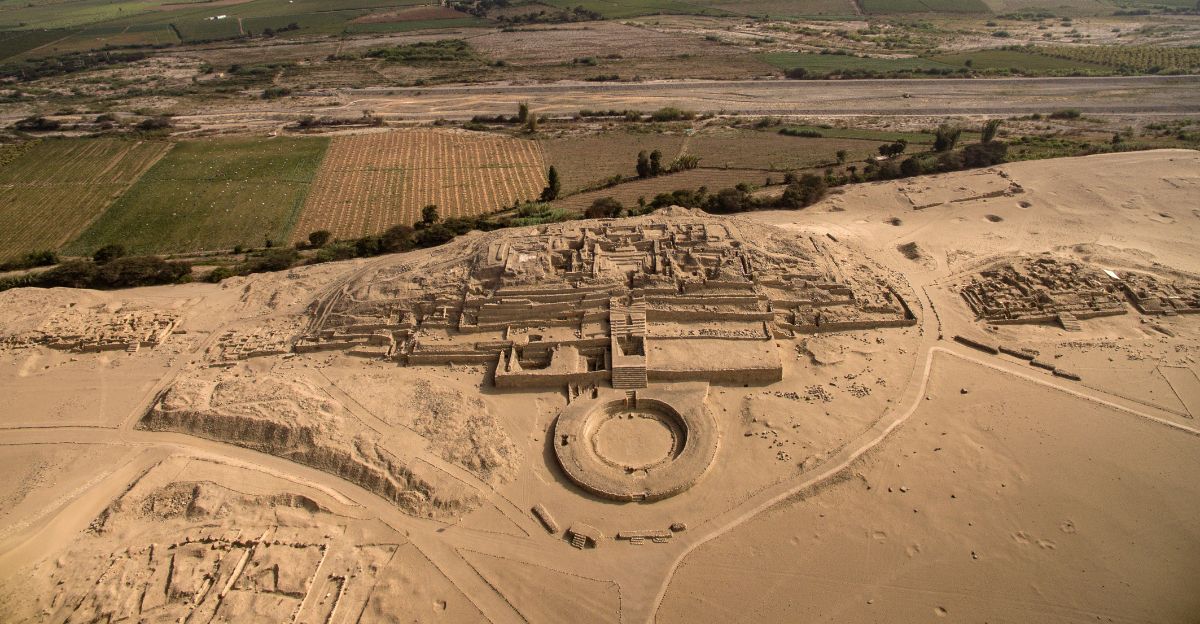
Discoveries like Peñico remind us that ancient innovation was not limited to a single corner of the world. The more we learn, the more it seems that different civilizations developed impressive skills and knowledge, often simultaneously. Peñico demonstrates the longevity of advanced civilization in Peru across millennia.
Why It Matters Today
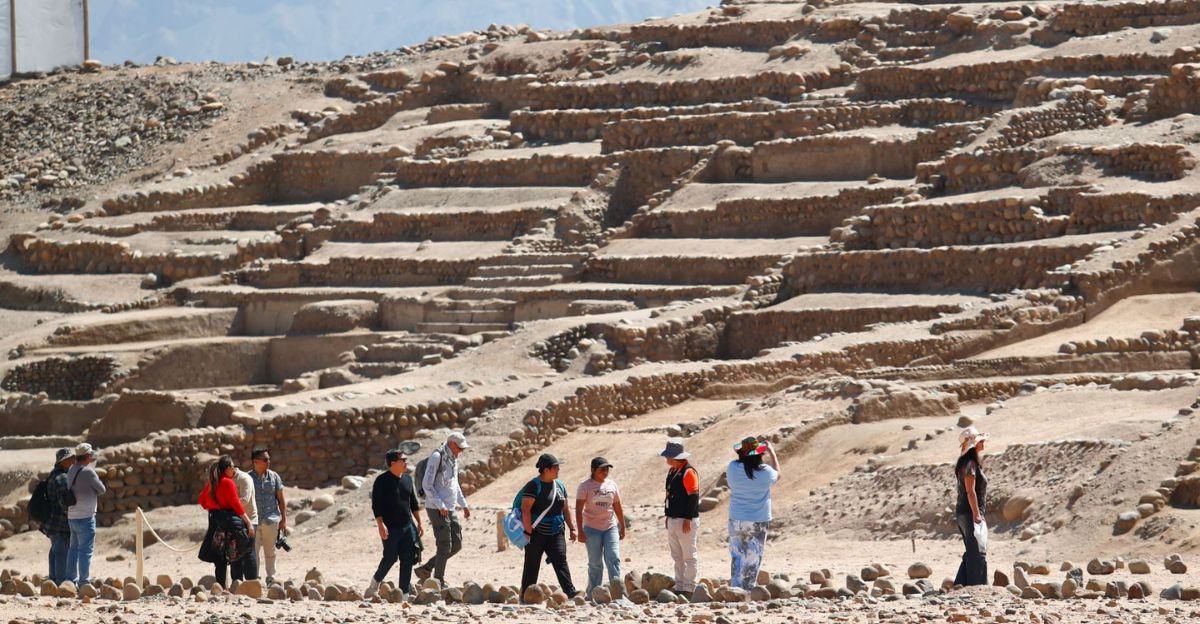
Knowing about Peñico enriches our understanding of human history. It refutes the idea that the Old World was only made up of sophisticated cities established in early times.
It also attests to the intelligence of the people living in what is now Peru, even before the rise of the Inca Empire. This discovery, revealed in July 2025, offers new evidence for the history of ancient America.
Ongoing Mysteries
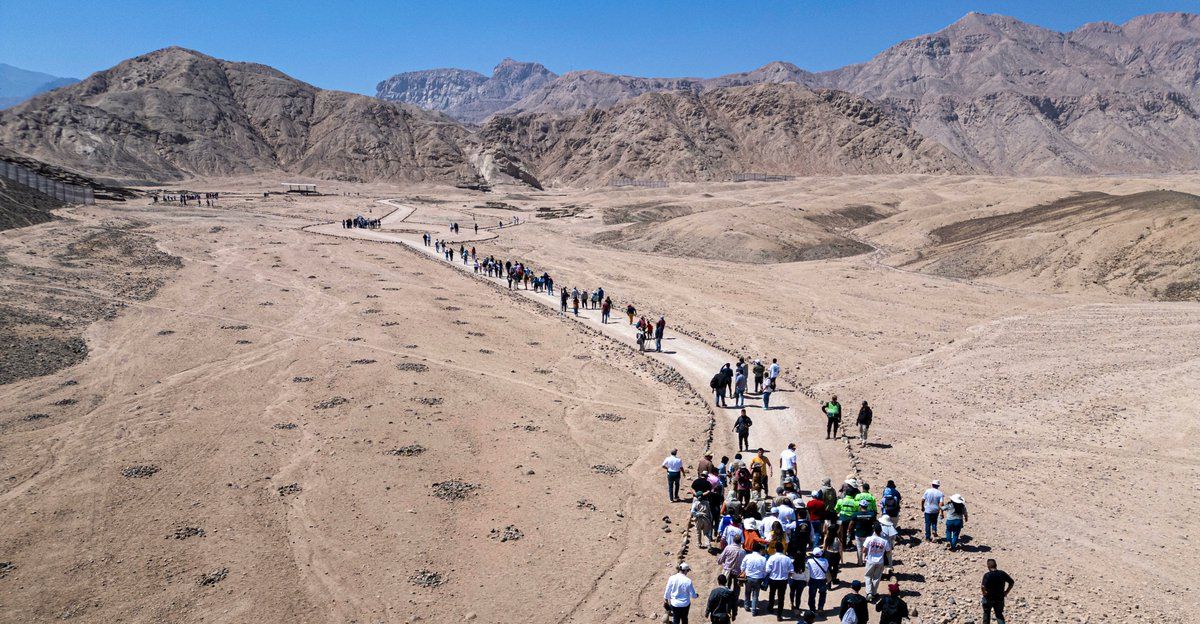
Peñico excavations are not yet complete. After 8 years of research, the location was recently opened to the public, but scientists continue finding new structures, cutlery, and objects that can potentially redefine our understanding further.
Each discovery adds another piece to the puzzle as to how early South Americans lived, worshipped, and governed.
A Shared Legacy
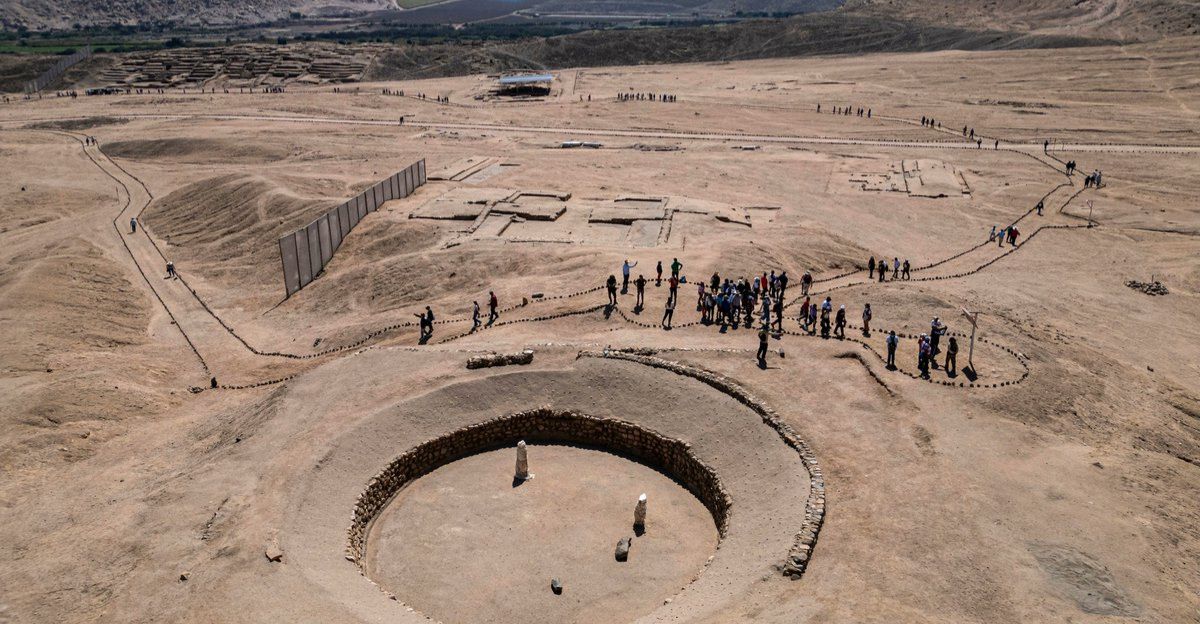
Peñico reminds us that civic pride and human ingenuity run deep worldwide. Sure, it’s smaller than Egypt’s largest cities, but it’s proof that advanced societies existed much earlier than most of us learned in school.
Part of the greater Caral-Supe civilization tradition, it demonstrates how early Peruvians sustained advanced urban areas for centuries. And that’s a story worth hearing and investigating further.


